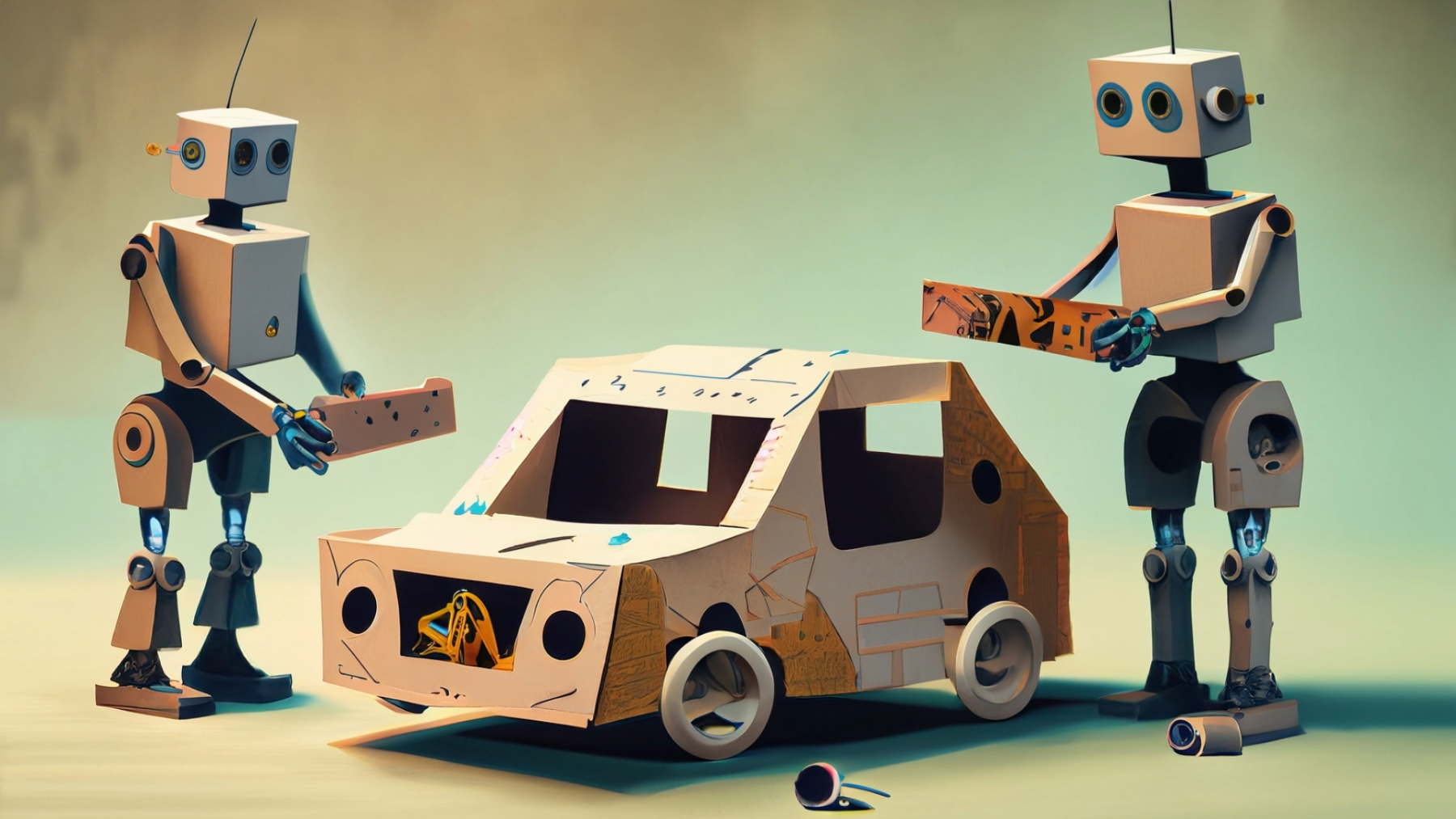
STEM Candy Cars
by Kasi Johnson
In this lesson, students design, build and test model candy cars made from simple materials. They measure the changes in distance and travel by the addition of revision of design features.
Students also practice the steps of the engineering design process by brainstorming, planning, building, testing, and improving their "candy -cars."
Lesson Plan Link/URL
https://docs.google.com/presentation/d/125DF5Y9w5X9sfSOUamti0KeFui-0kNLR/edit?u…Subject Area
Science Physical Science P2: Objects at a Distance Technology 1. Empowered Learner 3. Knowledge Constructor 4. Innovative Designer 5. Computational Thinker Engineering S2: Apply the Engineering Design Process S3: Apply Mathematics to Engineering S5: Apply Technology to Engineering S7: Apply Project Management to Engineering Mathematics Counting and Cardinality (CC) Number and Operations—Fractions (NF) Measurement and Data (MD) Ratio and Proportion (RP) English Language Arts (ELA) Speaking & Listening
Featured
Off
Related Content

Grades:
7th Grade, 8th Grade, 9th Grade, 10th Grade, 11th Grade, 12th Grade
This lesson is a whole unit on energy. It can be broken up into 10 separate lessons. I chose to put them all together so that it was easier to see how I organized them so you did not have to search

Grades:
Kindergarten, 1st Grade, 2nd Grade, 3rd Grade
Students will learn about the engineering design process by working in small groups to identify a problem, then design and create a solution, inspired by the main character's creativity and problem

Grades:
7th Grade, 8th Grade, 9th Grade, 10th Grade, 11th Grade, 12th Grade
Teachers will be introduced to the VEX V5 Robotic Platform. We will start with an Introduction to robotics and how robotics is used in industry. Students will understand the key resources they will be